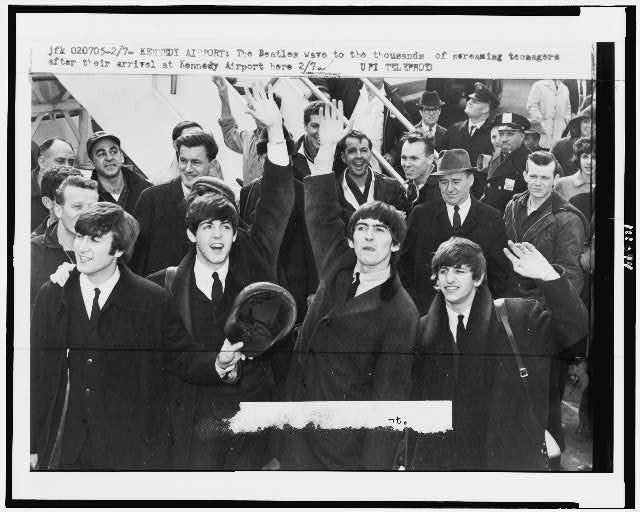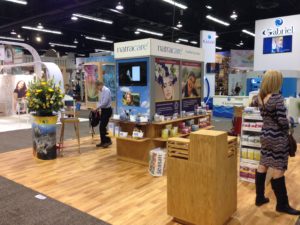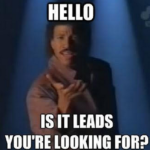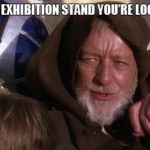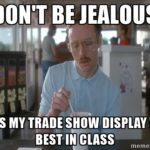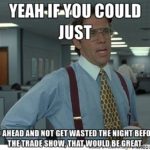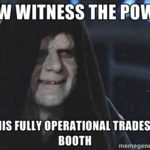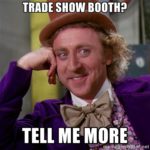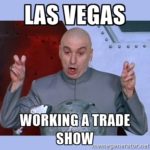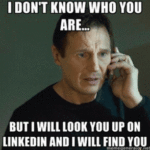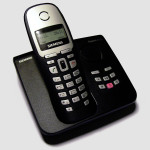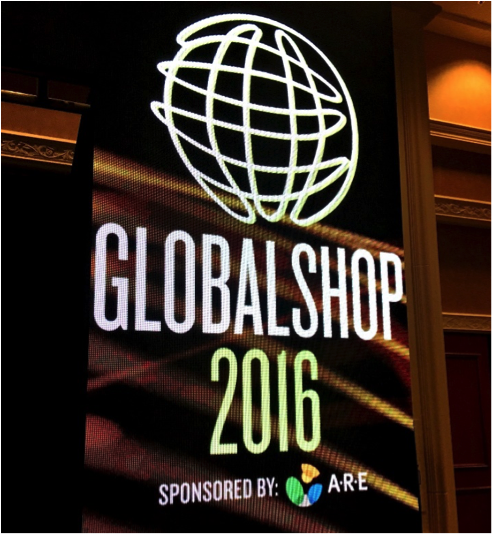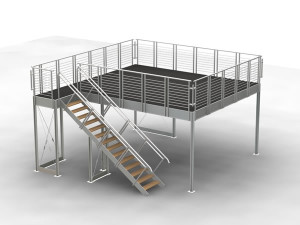10 Event Planning Mistakes and How to Avoid Them
This is a guest post by Miriam Couturie
Event planning is no easy task, but it’s a vital part of marketers’ jobs. Companies spend about 20 percent of their budgets on marketing for events. Plus, 67 percent of business-to-business marketers find marketing at events as one of the most effective ways to meet future clients and customers. This is your opportunity to shine as a brand at the exact moment customers are most open to new relationships and budget allocation for upcoming initiatives. Don’t let that opportunity slip away by making these easily avoidable mistakes.
Mistake #1 Being Invisible
Blending into the background is never a good idea. The whole point of attending events is to advertise, so standing out is a must. With so many others at your events, get creative to draw some attention to your booth. Don’t just show up with a white tent. Make sure to invest in one that has your logo. You can also consider adding giveaways or games to your booth to make it more interesting. Even a little music can go a long way. Finally, make sure to bring business cards so that it’s easy to swap contact information and follow through on next steps.
Mistake #2 Sending the Wrong People
Your staff represents you and your company so send team members who really know what they’re talking about, and that you would feel comfortable speaking to your best clients. If you send people who can’t speak to your brand or products, your company may appear incompetent and could hurt your image.
Mistake #3 Poor Location
It’s your job to select the perfect spot for your event. Locations depend on the nature of the gathering — you probably wouldn’t choose a small, quiet cafe for a big tech conference. The easiest way to avoid this? Aim for high-traffic areas. Put your booth near anything that could end up with a long line. You can feed off the success of free booze bars, or big swag giveaways, and infiltrate those lines to strike up conversations with everyone.
Mistake #4 Difficult Booth Setup
There’s nothing worse than having to rush through setting up a complicated booth. The simplest solution is to look into easy-up tents. Custom outdoor event tents, or even custom canopy tents for indoors, are a great answer. Not only will this take some stress out of the event, but you’ll have greater visibility with custom printed graphics.
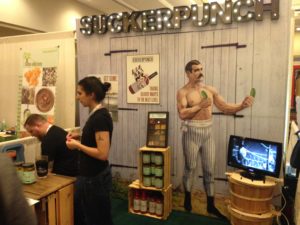
Mistake #5 Ignoring Social Media
Social media has become vital: Eighty-four percent of event organizers promote their events on Facebook, and 61 percent use Twitter. Don’t think that because you’re attending in person, you can bypass social media. Instead, design a custom hashtag and encourage booth visitors to use it. Many events promote their own hashtags that can help advertise your tent and company. Posting photos of your booth/tent and posing for photos with other social media active attendees will give you a deeper reach into the community, so don’t be shy. Be the life of the party online and off.
Mistake #6 Underestimating Costs
Events are expensive, and not allowing wiggle room in your budget is a vital mistake. Maybe there’s an entry fee you didn’t know about, or one of your props breaks and needs replacing. Fact is, you can always have to expect the unexpected so be prepared to spend more than you planned. Plus, with event costs increasing by between 2.5 and 5 percent each year, this year’s booth will likely cost a little more than last year’s.
Mistake #7 Not Making Your Website Mobile-Friendly
Because 44 percent of attendees use their phones at events, it’s vital to have a mobile-friendly website. That means moving away from tiny font and photos, aiming for data that is visible, and clickable, on a Smartphone. Chances are that your booth visitors will be looking at your website to view your product line, but if your website is not mobile- friendly, you could end up losing out on sales. This is a risk, you do not want to take and must avoid at all cost.
Mistake #8 Leaving the Booth Unattended
You went through all the trouble of signing up, paying for, travelling to, setting up, and planning your day around manning the booth …. Why are you wandering around and abandoning your booth? What if you walked into Starbucks and no one was behind the counter? What if you went into Best Buy and there were no nerds in blue shirts around to help you find the giant TV you probably don’t need? Event booths are useless without you at the help.
Mistake #9 Paying Full Registration Price
Event registrations take up a big chunk of cash. But because nearly 65 percent of event planners believe early-bird discounts are a great way to promote events, by thinking ahead you can find discounted prices, leaving extra room in your budget for an outstanding booth.
Mistake #10 Forget to Follow-Through
Attending the event is only the beginning of a marketer’s work. After meeting potential customers or clients at an event, it is vital to gather their contact information. Business cards are ideal — hand out your own, too. Follow up within a week after the event, so you and your company are still fresh in their minds.
Conclusion
By avoiding these mistakes, your event is sure to go off without a hitch. Taking these steps can help you stand out in a large crowd of other businesses and attract more attention and new clients and customers. Avoiding these common mistakes can do wonders for your company.
Author: Miriam Couturie is the Marketing Manager at Ins’Tent Industries. She is responsible for managing the marketing department along with all tradeshows and exhibitions. She enjoys sharing her knowledge and expertise through educational content and blog posts

